Environment
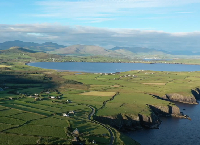
Chorca Dhuibhne 2030: building sustainability on the ground
0 Chorca Dhuibhne 2030: building sustainability on the ground The Dingle peninsula, in the Southwest of Ireland, has become an important focus for innovative projects involving diverse AKIS (Agriculture Knowledge Innovation System) actors. At the recent ESEE Conference, a new docufilm was launched showcasing Corca Dhuibhne’s ambitious vision for 2030. See here At […]
2 July 2021
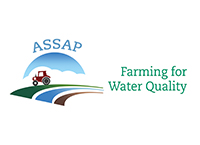
Best Practice when using Pesticides
Best Practice when using Pesticides It is important that all users take care and follow best practice procedure when using pesticides. Deirdre Glynn, ASSAP Advisor and Mark Trimble, Tillage Advisor, Kilkenny discuss safe storage and handling of chemicals, good sprayer maintenance and best practice when using pesticides on farm. Clean water supports […]
26 June 2021
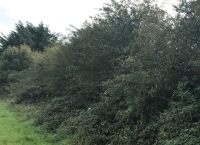
Farming with Nature
0 Farming with Nature John Oates is farming just north of Sligo Town. Whitethorn hedgerows provide field boundaries and shelter and shade for livestock. Environment and Technology Advisor Peter Mullan gives more information on how John is farming with the natural environment John farms in the townlands of Rahaberna & Teesan just north […]
4 June 2021
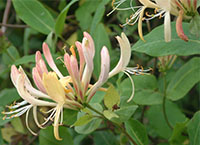
Doing less boosts biodiversity
Doing less boosts biodiversity Paul Fitters, Lecturer in the Teagasc College at the National Botanic Gardens discusses “Rewilding” at the Knepp Estate in the UK. Improving biodiversity opened up new diversification opportunities. He has suggestions for how we can all do our bit for biodiversity and rewild a little in our gardens […]
29 May 2021
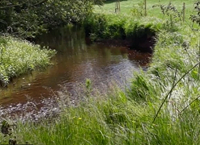
Agriculture and Water
Agriculture and Water Paula Browne, ASSAP Adviser, Teagasc Clare looks at ways to minimise losses of nutrients, sediment and pesticides to water from farming. A number of key considerations should be central to minimising any pollution potential to our watercourses and these are outlined here. Paula focuses on three key areas. These are: […]
27 May 2021
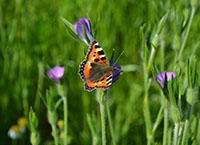
Managing Margins with Nature in Mind
Managing Margins with Nature in Mind Thinking “outside the field” and managing the margins with nature in mind can contribute to the improvement of biodiversity on Irish farms. Aoife Leader, Teagasc Walsh Scholar, highlights some key actions that farmers can take to retain, maintain and enhance field margins for farmland biodiversity To […]
26 May 2021
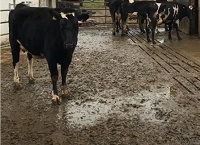
Slurry Storage, Have you enough?
Slurry Storage, Have you enough? The impact of dairy farming systems on the environment is of critical importance in gaining access to premium dairy markets that will return a good milk price to the farmer. Tom Curran, Regional Manager, Cork West and Tim Hyde, Environment Specialist, Teagasc discuss slurry storage as a […]
25 May 2021
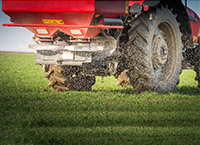
Results of Teagasc Protected Urea trial finds no residues
Results of Teagasc Protected Urea trial finds no residues A new scientific paper was published in the past week with results from a trial on using protected Urea on the Teagasc farm at its Environment research centre, Johnstown castle. Irish farmers are being encouraged to switch from using CAN fertiliser to protected […]
23 May 2021
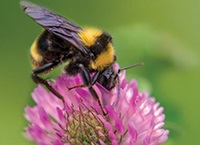
“Bee kind” farming
“Bee kind” farming Today is #WorldBeeDay and Teagasc encourages farmers to adopt “Bee kind” farming, to look at ways of improving habitats and enhance biodiversity to support wild bees on Irish farmland. In Ireland there are 77 solitary bee species, 21 bumble bee species and 1 honey bee species. Did you know […]
20 May 2021
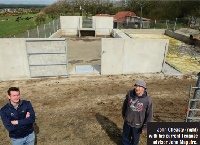
Slurry storage capacity and TAMS
Slurry storage capacity and TAMS Tom Fallon, Teagasc Farm Buildings & Infrastructure Specialist has tips for applying for TAMS grant aid for slurry storage here. He advises when building new facilities to look beyond meeting the minimum storage requirements as many farms require extra storage. He features a TAMS grant farm example […]
10 May 2021
